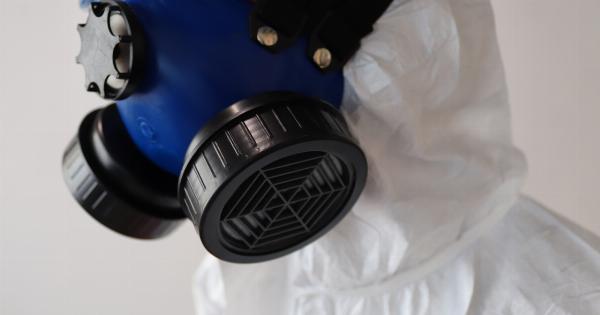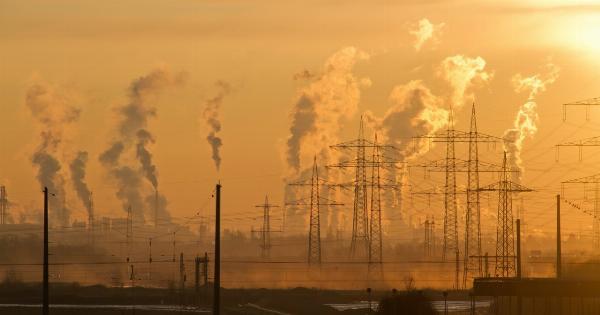Asthma is a chronic respiratory condition that affects millions of people worldwide. It is a lifelong condition that can be managed with proper medication and lifestyle changes.
However, some people with asthma experience symptoms that are triggered by specific factors in the environment. In this article, we will analyze images to understand the connection between asthma and triggers.
What is Asthma?
Asthma is a condition that affects the airways in the lungs. These airways become inflamed, narrow, and produce excess mucus, making it difficult to breathe. Symptoms of asthma include wheezing, coughing, chest tightness, and shortness of breath.
Asthma is a chronic condition, which means it typically lasts a lifetime, and there is no known cure.
Asthma Triggers
While the exact cause of asthma is unknown, it is believed to be a combination of genetic and environmental factors. For some people with asthma, certain substances or environmental factors can trigger their symptoms. Some common asthma triggers include:.
- Pollen, dust mites, and animal dander
- Cold air and exercise
- Mold spores and dampness
- Cigarette smoke and air pollution
- Infections
Visualizing Asthma Triggers
Let’s take a look at some images that help to visualize the connection between asthma and triggers:.

In the image above, we see pollen, a common asthma trigger for people with allergies. Pollen is a fine powder that is released by trees, grasses, and weeds as part of their reproductive cycle.
When people with asthma inhale pollen, it can cause their airways to become inflamed and constricted, leading to symptoms.

In the image above, we see a woman exercising. Exercise is a common asthma trigger, particularly when the air is cold and dry.
When people with asthma exercise, they tend to breathe harder and faster, which can cause their airways to become irritated and constricted, leading to symptoms.

In the image above, we see mold, a common asthma trigger that grows in damp areas such as basements, bathrooms, and kitchen sinks.
When people with asthma inhale mold spores, it can cause their airways to become inflamed and constricted, leading to symptoms.

In the image above, we see air pollution, a common asthma trigger that is caused by the burning of fossil fuels, industrial emissions, and other sources.
When people with asthma inhale air pollution, it can cause their airways to become inflamed and constricted, leading to symptoms.
Preventing Asthma Triggers
While it’s impossible to completely avoid all asthma triggers, there are steps you can take to reduce your exposure to them:.
- Avoid smoking and secondhand smoke
- Use air filters in your home
- Keep your home clean and free of dust and mold
- Avoid exercising in cold, dry air
- Take your asthma medication as prescribed
Conclusion
Asthma is a chronic respiratory condition that affects millions of people worldwide. While the exact cause of asthma is unknown, environmental factors such as pollen, exercise, mold, and air pollution can trigger symptoms for some people with asthma.
By understanding and avoiding these triggers, people with asthma can reduce their symptoms and improve their quality of life.




























